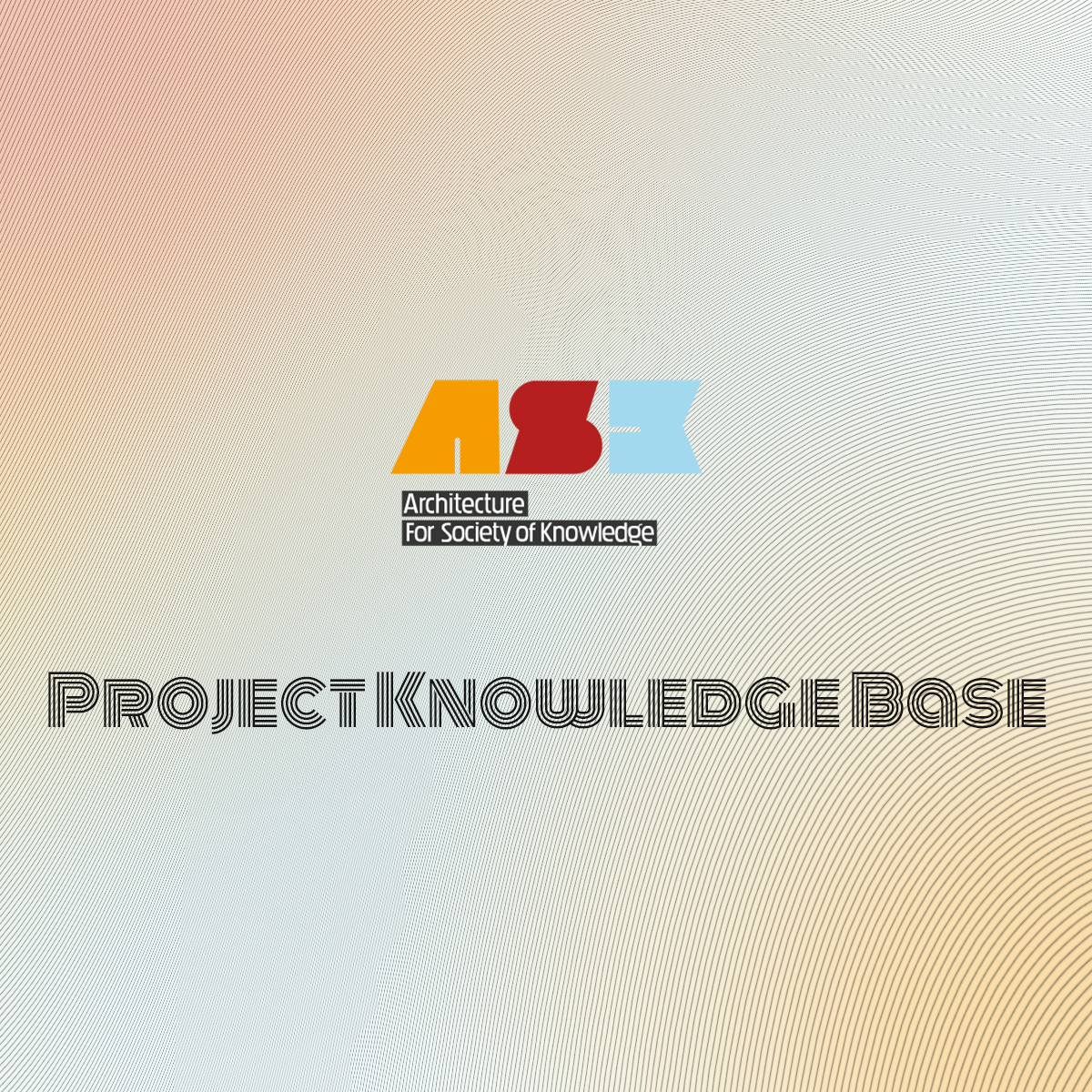Experimental Design II (detail opt./funct.)
Experimental Design II (detail opt./funct.)
| Course type: | Project |
|---|---|
| Course tutors: |
Łukasz Piątek Dariusz Hyc |
ASK course
| Status: | obligatory | Course level: | advanced |
|---|---|---|---|
| Course Code: | ASK2-P-Ex2 | ETCS: | 6 |
| Expected own workload: | 92 | Proj/lab/semin hours: | 90 |
General description
The goal of the project is designing a process that influences the conditions of use or sensual reception, allowing to shape the extended space by using of digital tools.
Students participate in activities related to architecture of information, where the design activities become not a spatial object but a process (creation, use, destruction). Thanks to this, user can shape the final form of space, which arises as a result of the architect’s instructions (program), user’s wishes and the impact of the conditions of use (parametric modifying factors)
The design method taught during the classes is the integration of design and programming. Architectural tools (Grasshopper) and independent development environments (Processing) serve this purpose.
Studio topics

PKB 2010-2015
This course refers to Thesis project (DS4) each year.
Experimental Design 2 ’19
The prefix ‘meta’ has acquired something of a bad rep over the last few years. It has come to be understood primarily in terms of self-reflection – i.e. a text about a text, a picture about a picture. Initially, ‘meta’ intends something rather more colloquial. According to the Greek-English Lexicon, the preposition and prefix, ‘meta’(μετά) has several meanings and connotations. Most commonly it translates as ‘after’. However, it can also be used to denote qualitative ‘changes’ or to designate positions such as ‘with’ and ‘between’.
It indicates movement between as well as a movement beyond. It points towards a changing cultural sensibility – or cultural metamorphosis. Meta – does not refer to one particular system of thought or specific structure of feeling. It infers a plurality of them and repositions itself with and between them.
It is many, but also one. Encompassing, yet fragmented.
Now, yet then. Here, but also there.
Is Warsaw – with its dispersed amorphous growth – inclined towards a system of norms or exceptions? It is disordered, incomplete, spatially unclear – so devoid of a consistent space syntax that it is hard even to determine gaps in its continuity as it lacks the latter. It is a place where elements of different times coexist, and so do tradition and experiments: it is both an antithesis and an essence of cityness.
Limitation of Warsaw’s cityness is one of the main arteries – Jerozolimskie Avenue and the adjacent underground railway line. In the central part, the street has two different faces, one with an order, plan, similar shapes and sizes, repetitiveness, boredom, some sameness of pitch and tone; and the other, which is the complete opposite.
- Metamorphosis: Urban Jungle
- Metamorphosis: exp_experimentalPatelnia
- Metamorphosis: The Modular Valley
- Metamorphosis: Multilevel park
- Metamporphosis: Perma-structure
Experimental Design II ’23
Experimental Design II ’23